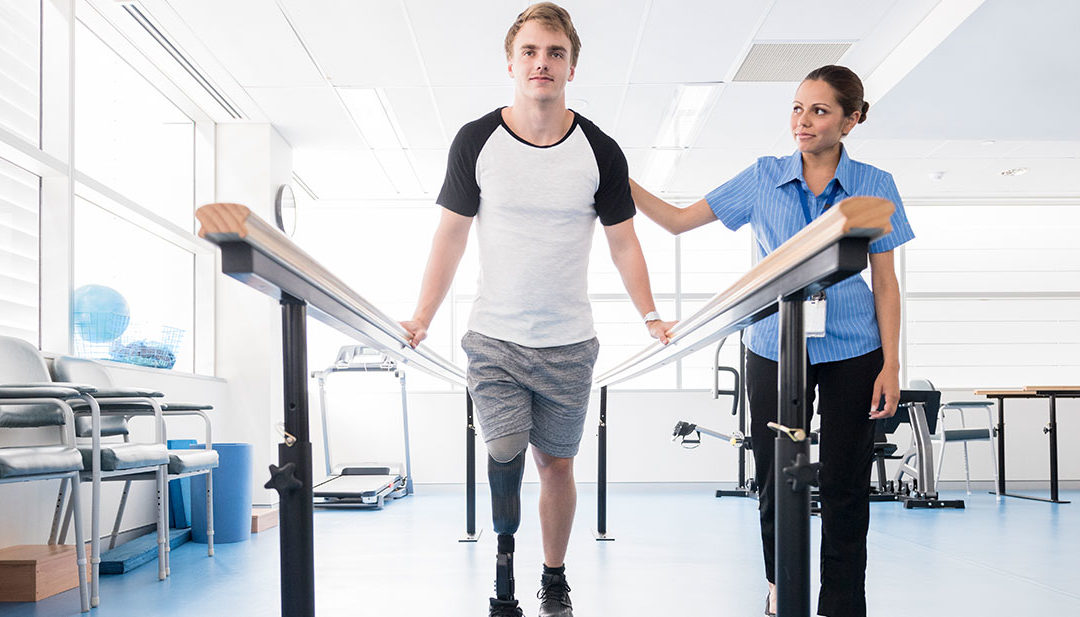
What are Biosimilars?
Biosimilars are biologic medications that are developed to be highly similar to an already FDA-approved biologic drug, known as the reference product. Biosimilars undergo rigorous testing to ensure they are just as safe and effective as the original product, but are generally less expensive. The Food and Drug Administration (FDA) has approved multiple biosimilar products since 2015 for conditions such as cancer, autoimmune diseases, and diabetes.
How it is Developed
Creating a follow-on biologic like an insulin biosimilar is more complex than creating a generic small-molecule drug. Insulin is produced through recombinant DNA technology, using living cells and organisms. Small differences in manufacturing processes can result in changes to the structure and function of the final product compared to the reference product.
Extensive testing is required to demonstrate a biosimilar insulin is highly similar in terms of safety, purity, and potency. Clinical trials are also needed to show no clinically meaningful differences exist in terms of efficacy, safety, and immunogenicity compared to the reference product. If approved by the FDA, an insulin biosimilar will enter the market with an interchangeable designation, meaning it can automatically be substituted for the reference product at the pharmacy counter.
Potential Cost Savings from Insulin Biosimilars
The development of biosimilar insulins represents an opportunity to help lower out-of-pocket costs for insulin therapies. Branded insulin prices in the U.S. have skyrocketed in recent years, creating difficulties for many patients who struggle to afford their medications.
Savings may be even greater if more biosimilar options enter the insulin market over time through increased competition. Lower list prices could help lower the cost burden of insulin copays and deductibles for people with insurance, as well as the total out-of-pocket costs for uninsured individuals.
Current State of Insulin Biosimilar Development and Approval
Despite the evident need, only a few insulin biosimilars have reached the market so far. In 2017, Semglee, a biosimilar to Sanofi’s Lantus, became the first biosimilar insulin approved by the FDA. It was followed by Insulin Glargine Biosimilar by MYL in 2022, a biosimilar to Sanofi’s Lantus and Lilly’s Basaglar.
Developing an insulin biosimilar presents technical hurdles such as consistent manufacturing and demonstrating biosimilarity, extending development timelines. However, pharmaceutical companies are recognizing the significant market potential. Eli Lilly, the creator of Humalog insulin, is working on a biosimilar version of their own product slated to launch by late 2023. Other biosimilar candidates in development target top-selling insulins like Humalog, Novo Nordisk’s Novolog, and Sanofi’s Lantus.
Future Outlook & Potential Barriers
As the insulin biosimilar pipeline expands in the coming years, these follow-on products have the chance to drive more affordable access to newer insulin formulations that have been unaffordable for many patients.
However, some potential barriers still exist to maximize the benefits of the biosimilar insulin market. Patents on some branded insulins may delay true biosimilar competition for several years. Pharmacy counter substitution rules also vary by state currently. There is an ongoing debate around automatic substitution versus prescriber discretion for biosimilars insulin . Overcoming each hurdle is important to ensure patients and the healthcare system reap the full rewards of these lower-cost treatments.
*Note:
- Source: Coherent Market Insights, Public sources, Desk research
- We have leveraged AI tools to mine information and compile it


